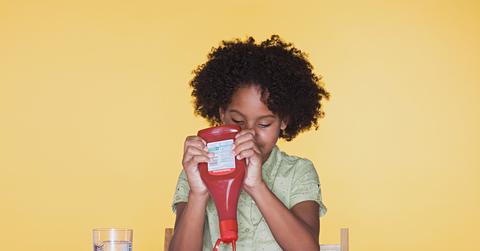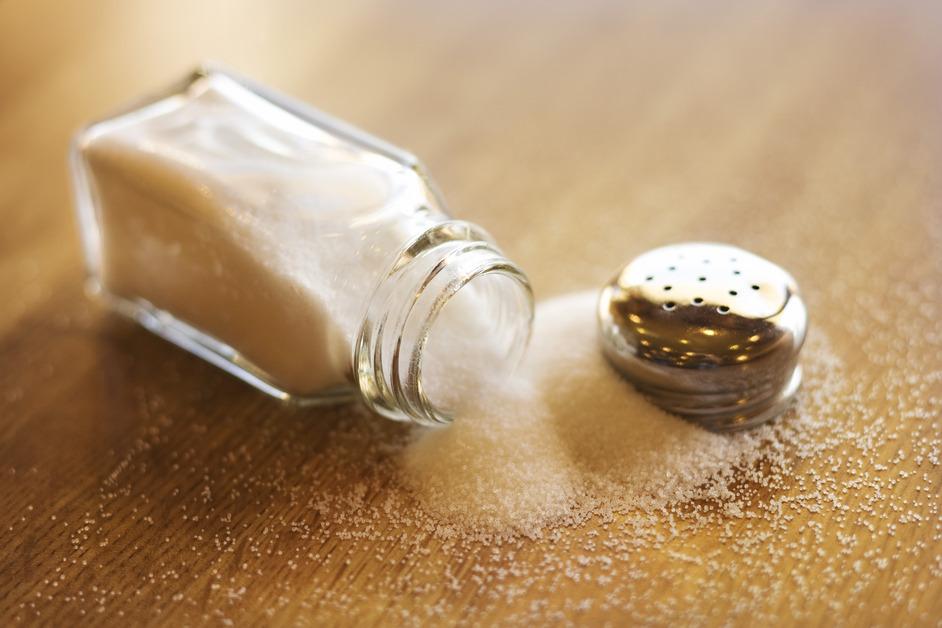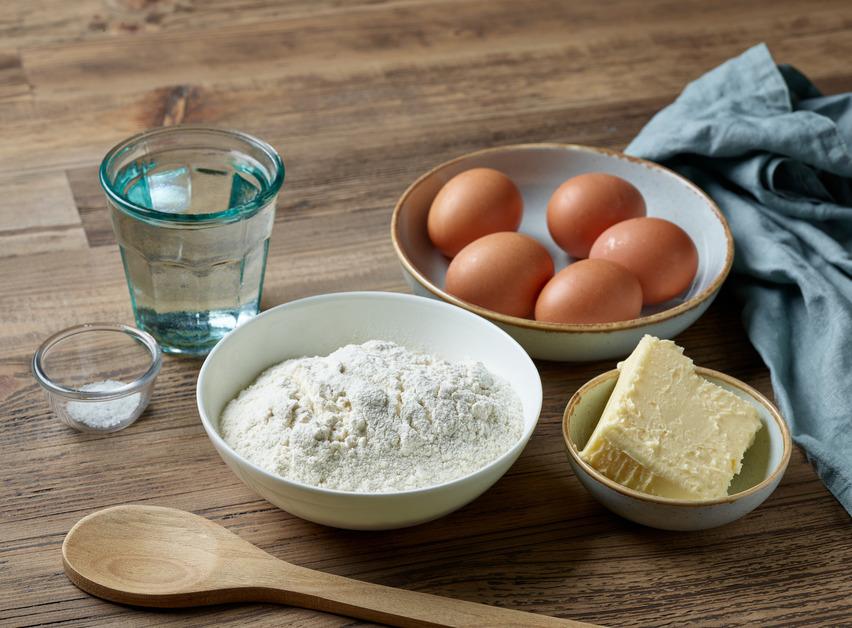How MSG Is Made, and Why You Shouldn’t Fear It
Published March 23 2023, 9:58 a.m. ET

Monosodium glutamate, better known as MSG, is a popular salt substitute that is used by the food industry to give many processed foods an umami taste, originating in Asian cuisine.
You've probably eaten MSG before, but how is MSG made?

What is MSG and how is it made?
Monosodium glutamate or MSG is a food additive obtained from the naturally-occurring amino acid L-glutamic acid. It was discovered nearly 100 years ago, and since then has been added to foods to achieve the umami taste, the fifth basic taste other than sweet, sour, salty, and bitter, per a report published in PubMed. It was initially only popular in Asia, and later grew in popularity in Western cultures.
MSG is made by fermenting starch, sugar beets, sugar cane, or molasses into a white crystalline powder, which is then added to foods. At the end of the process, it has a similar appearance to salt; however, it contains much less sodium, and is therefore often used as a sodium replacement.

Although there is an ongoing debate on whether MSG is safe to eat, the Food and Drug Administration (FDA) states that there is no chemical difference between naturally occurring glutamic acid in foods and MSG.
Why do people think MSG is harmful?
According to Smithsonian Magazine, MSG originated at the beginning of the 20th century, when a Japanese scientist was perplexed by the specific meaty flavoring of the Japanese soup base, dashi. The soup base was primarily made from seaweed and fish, and after running some experiments he was able to isolate and crystallize a compound within the seaweed. The taste was akin to dashi, and was the origin of the umami taste. It became a worldwide flavoring sensation, now taking a different name, MSG.

In 1962 the release of Rachel Carson's Silent Spring, the environmental novel objecting to pesticide use, contributed to growing chemical and additive awareness and skepticism. According to Smithsonian Magazine, it was in the 1960s when people started to question the safety of MSG after a Chinese-American doctor, Robert Ho Man Kwok, told the New England Journal of Medicine that he repeatedly became sick after eating Chinese food.
Many others wrote in claiming that they also had various unpleasant symptoms after dining at Chinese restaurants, and the journal suggested that MSG was to blame, though it did not have enough evidence, per Smithsonian Magazine. The limited research at the time allowed for misinformation to spread, and MSG still has this reputation in many Western societies, feeding into unjust racial biases.
In conclusion, you probably don't have to worry about MSG.
What you need to know is that the FDA considers MSG to be "generally recognized as safe" (GRAS). Although there have been reports of symptoms such as headache and nausea after eating foods with MSG, the FDA says it was never able to verify that the symptoms were from MSG.

A study done by the Federation of American Societies for Experimental Biology (FASEB) examined the possible effects of MSG and found that sensitivity such as headache, tingling, numbness, drowsiness, flushing, and palpitations could occur in some individuals if they consume 3 or more grams of MSG without any food. However, the FDA notes that most servings contain less than 1 gram, so consuming 3 grams without food is very unlikely.
Claims against the safety of MSG are also seen as speculative to many, and lack accuracy due to small sample sizes, methodological flaws in the studies, and dosage inaccuracy, per Healthline.
However, if you are skeptical or just like to know what is going on in your food, the FDA does require foods with MSG added to have a label on their packaging, all per the FDA website.